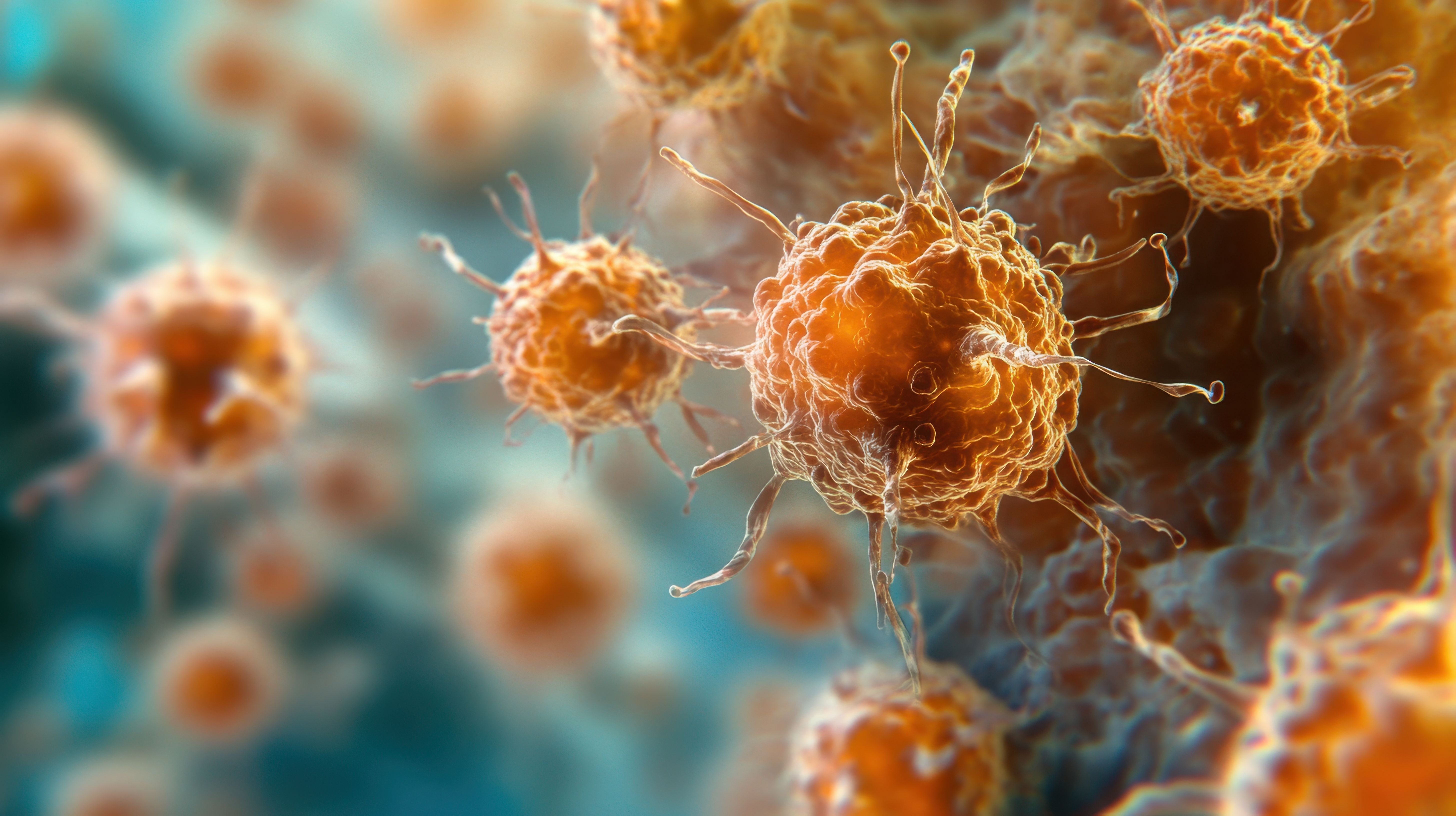
Article
‘Quality of Life Possible’ with New Treatments for Skin Related Toxicities in Cancer Care
Author(s):
There are a variety of interventions that can be used to improve survival after a patient reports cancer toxicity following treatment.
There are a variety of interventions that can be used to improve survival after a patient reports cancer toxicity following treatment, according to a session at the virtual 2020 Community Oncology Alliance Conference hosted by the Community Oncology Alliance (COA).
Mario E. Lacouture, MD, Dermatology Service, Department of Medicine at the Memorial Sloan Kettering Cancer Center, spoke about the importance of recognizing the same pathways and proteins for malignant behavior that are critical for homeostasis in his session “Clinical Update: Skin Related Toxicities in Cancer Care.”
“Once you disrupt pathways with systemic administered agents, you will have dermatology events that occur and can see what treatments patients receive by their hair and nails,” Lacouture said.
An example of an available treatment is prophylactic therapy, which reduces the need for additional visits to a practice for patients with acneiform rash. The rashes come from the results of EFGR inhibitors, which commonly affect the face, chest, mouth, and upper back. Neratinib, pertuzumab, and lapatinib are also known to clear acneiform rash, according to Lacouture.
Further, Lacouture explained the management of paronychia, which occurs around the fingers and toes, and underneath or on top of the nail plate in patients with cancer. When this is seen on a patient, a culture swab is recommended. “Eighty percent of patients develop secondary infections on top of paronychia,” Lacouture said.
Over-the-counter antiseptics also are available for the management of paronychia, in addition to oral antibiotics based on the patients’ sensitivities. When partial nail avulsion is evident, Lacouture said he recommends seeking help from a dermatologist.
A discovery made in skin related toxicity care is that hypothermia prevents taxane induced nail changes. A study showed that all grade nail changes can be 11% with frozen gloves versus all grade 51% without. “We are trying to use this method more with ice packs on hands and feet during infusions with taxane,” Lacouture said. Cooling of the hands and feet can also prevent taxane induced neuropathy, according to Lacouture.
In immune-related adverse effects (AEs), skin is the first organ to be affected by toxicity. According to Lacouture, it is the most frequently occurring issue in approximately 40% of patients. In regard to managing AEs, corticosteroids/dosing and GABA agonists are 2 examples of reducing any itches or scratches that may occur for a patient.
“Dermatologic AEs are frequent, and there is a quality of life possible with new treatments available for these issues,” Lacouture said.
REFERENCE
Lacouture M. Clinical Update- Skin Related Toxicities in Cancer Care. Presented at: COA Community Oncology Conference 2020. Presented April 23, 2020. Accessed April 27, 2020.
2 Commerce Drive
Cranbury, NJ 08512
All rights reserved.





